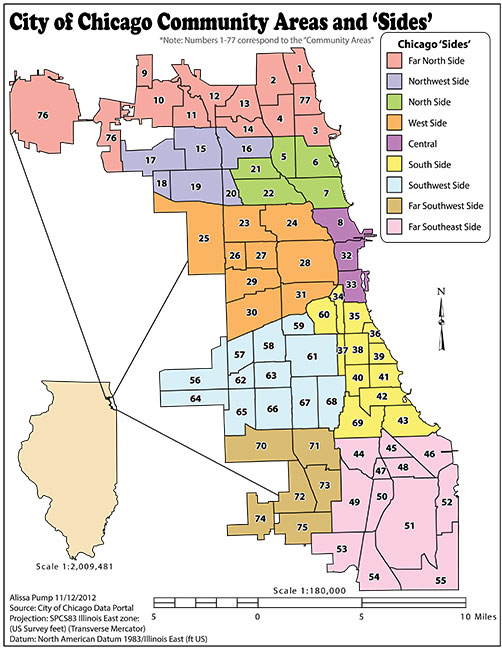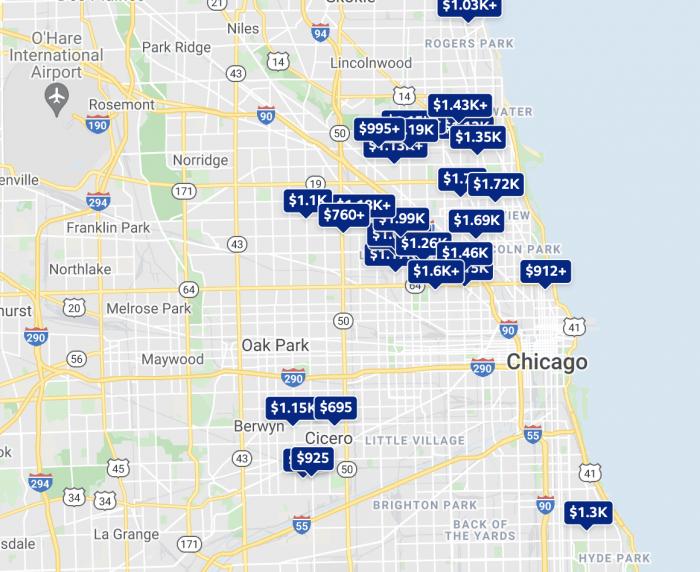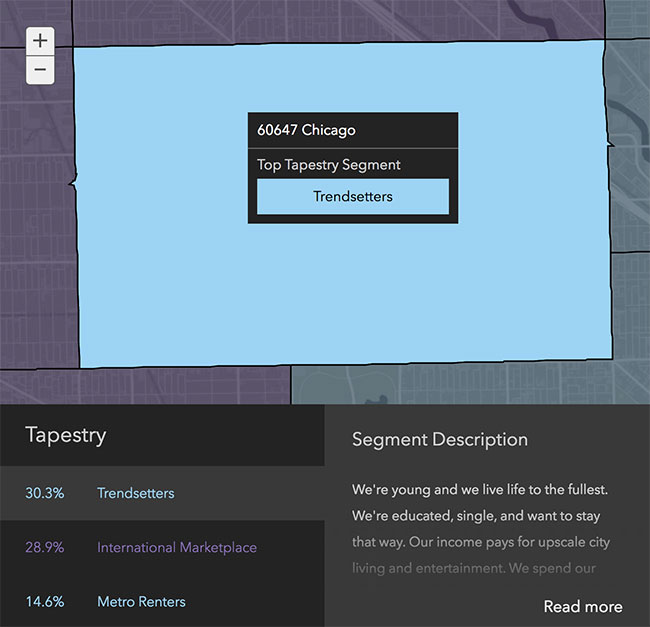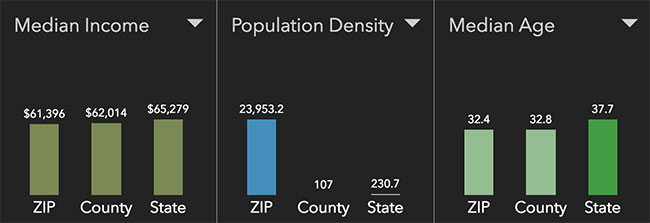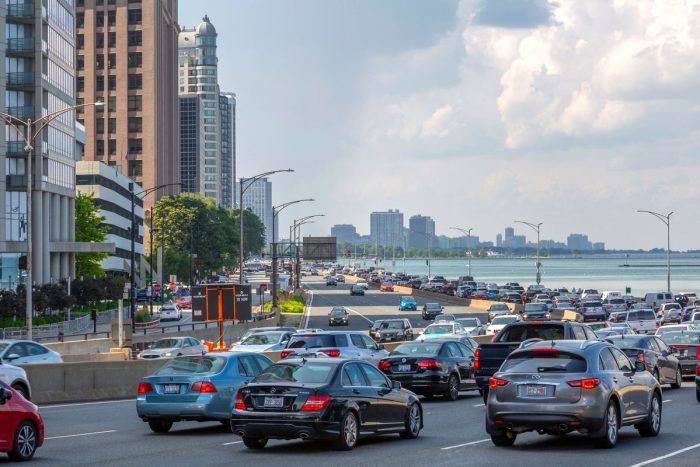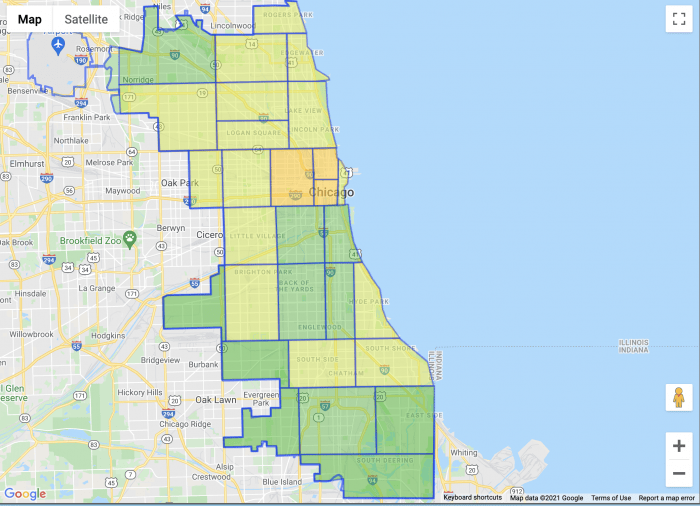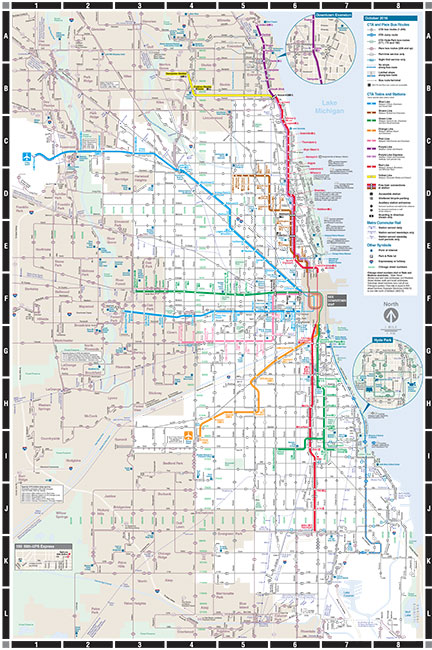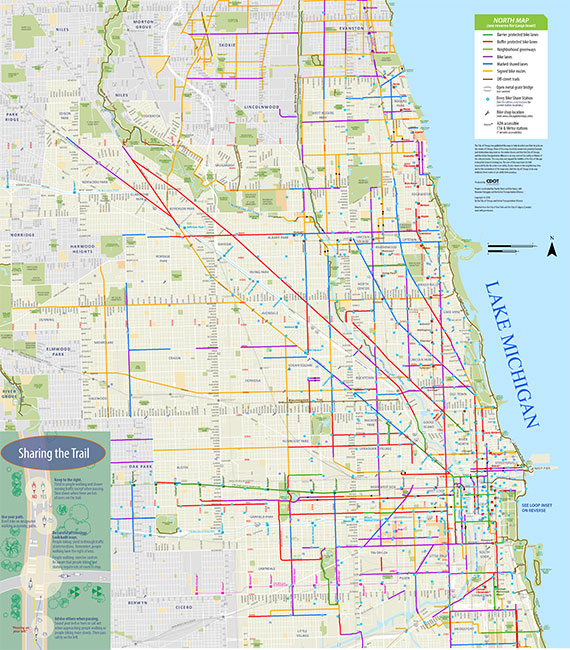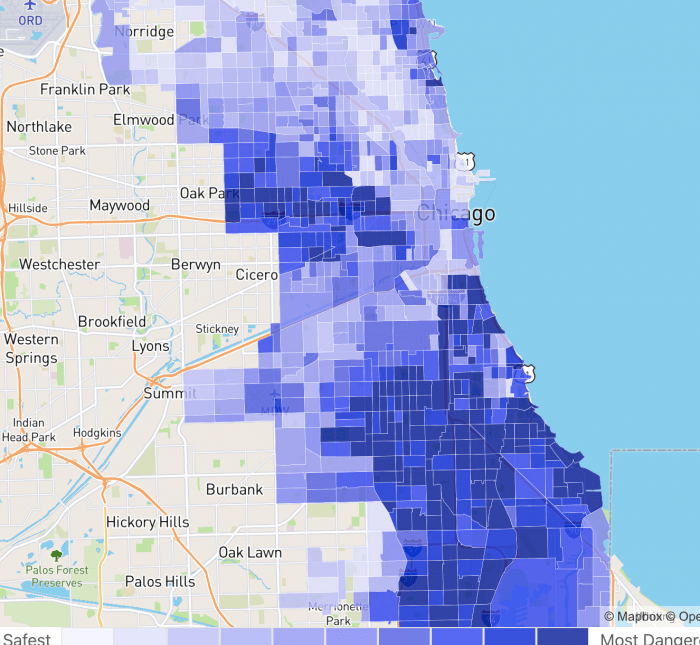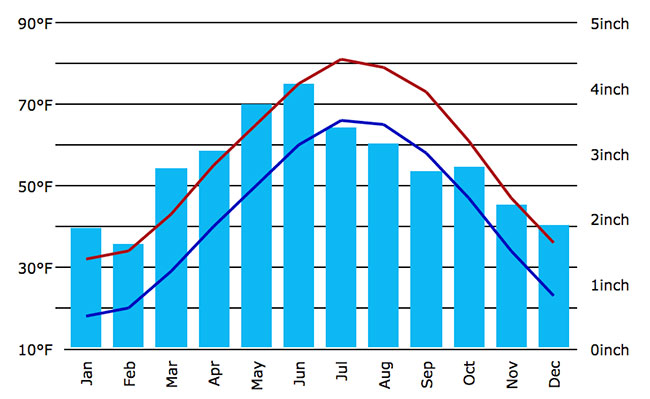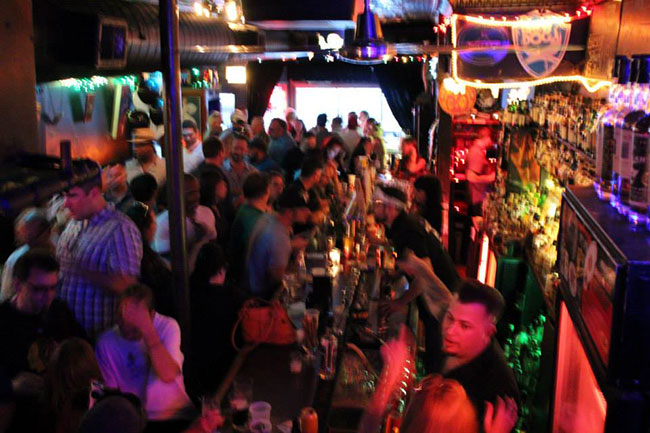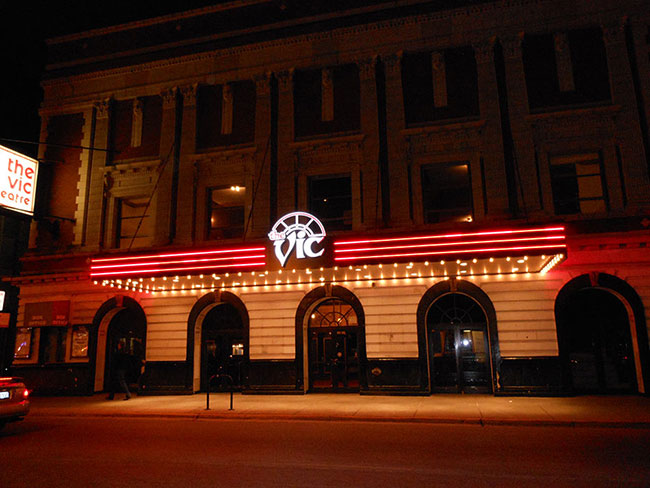Moving to Chicago: What To Know and How To Make the Move
If you’re interested in moving to Chicago, you’ve come to the right place.
It’s important to consider all the elements that add up to the experience of living in the Windy City, like the weather, the cost of living, and home prices. Plus, there’s all the amazing attributes of the city: arts, sports, world-class architecture and skyscrapers, and outdoor experiences. We’d be crazy not to mention an incredible food scene (which includes the best hot dogs and Chicago-style deep-dish pizza in the world), the best comedy and improv shows in the Midwest, and more.
Clearly, there are a lot of reasons to move to Chicago. This guide will provide all the basics you need in order to make your move to the Windy City.
First of all, if you’re currently living in a different state, outside of Illinois, be sure to check out our list of the best interstate movers before moving to Chicago. You’ll also want to check out our moving cost calculator so you can estimate the cost of your move and prepare for moving to Chicago.
Everything about relocating to Chicago
- How much will it cost and how to move to Chicago?
- Which Chicago neighborhoods are most affordable?
- Which neighborhood in Chicago is the best fit for me?
- How long is the commute in Chicago?
- How’s Chicago’s walkability, bikeability, and public transportation?
- How dangerous is Chicago?
- Where can I find apartments and houses in Chicago?
- Don’t forget, all of these things need updating!
- What’s fun to do in Chicago?
We can not stress this enough: Your moving experience will depend almost entirely on the moving company that you hire. Because of this, we recommend looking at the best Chicago movers.
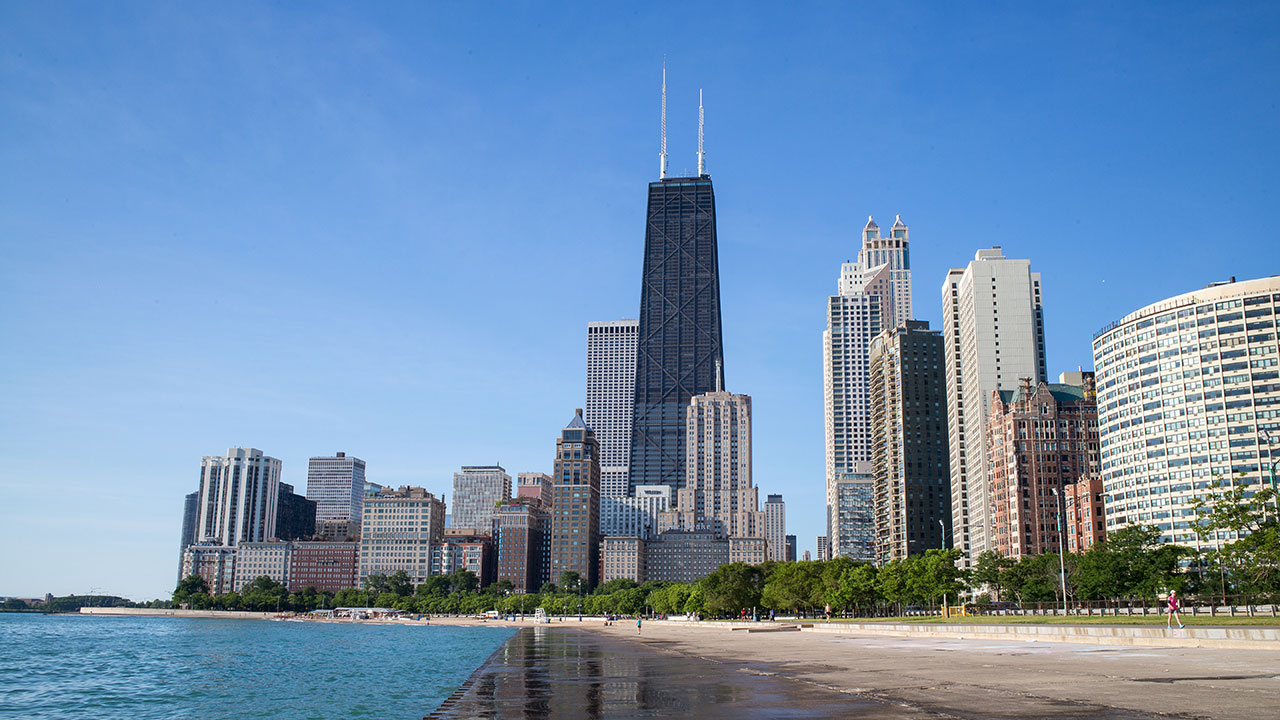
Photo Credit: Roman Boed
Quick “Chi-town” snapshot
- Chicago is the third-largest city in the US with a population of 2.71 million.
- As of 2023, the average rent in Chicago is $2,215.
- Chicago has a diverse job market. Leading industries include manufacturing, food processing, as well as the recently booming technology and E-commerce scenes from companies like Lyft and Uber.
Before we dive in, check out this video to get a better idea of Chicago’s awe-inspiring architecture and high-rise buildings, lakefront views from Lake Michigan, and the busy streets above the Chicago River. It’s such a beautiful and fascinating city!
How to move to Chicago: Costs, providers and more
|
|
|
|
|
|
Use our moving cost calculator to estimate your moving costs for moving to Chicago. You can enter your specific move information including where you’re moving from and when you want to move to get accurate pricing.
If you’re moving locally, check out these great local Chicago moving companies. For long distance or interstate moves to the Windy City, consider using these reputable interstate movers.
Logistics to consider when moving to Chicago
Unlike most cities, the city of Chicago does not allow moving containers to be parked on the city streets.
So, if you plan on using a moving container or freight trailer option for your move, you may want to think again. For these types of moves, you’ll need to pick up your things at a terminal.
You’ll have to either rent a truck or hire a moving company to shuttle your items from the freight terminal into the city.
Also, you’ll need a parking permit if you need to park a moving truck. Typically, your moving company will help you to file the proper permits for parking a moving truck, but if you end up having to do it yourself, you can find more details here.
Lastly, if you’re moving into a fancy apartment building, the management will likely require proof of insurance from the moving company ahead of time.
Be sure the movers bring their insurance info on moving day.
Chicago’s community areas
One of the first decisions you’ll need to make when moving to Chicago will also be one of the most important: Where to live?
Chicago has a ton of neighborhoods (245 to be exact), each with its own identity, history, and culture. Where you live after moving to Chicago will have a major impact on not only your commute, but also your dining habits and social life.
As this map shows, the neighborhoods of Chicago are divided into 77 larger regions referred to as “community areas” which are divided into four geographical regions.
For a more in-depth look at these regions, check out our Chicago Neighborhood Guide. But for now, let’s start by looking at how expensive these areas are.
The map below gives you a good idea of some typical rent prices around Chicago, so you can assess what living in Chicago is like, pricing-wise.
For example:
- Like most cities, anywhere near the center of Chicago is going to be move expensive.
- River North, the Loop, Near North Side, Near West Side and Gold Coast are trendier areas of the city with plenty to do and convenient commuting options, but they’re also the most expensive, with rents between $2,600 and $2,800.
- The somewhat less expensive but still trendy areas include Downtown, the Magnificent Mile, Old Town, Wicker Park, and Lincoln Park with rents usually ranging between $2,000 and $2,500.
- For people on a tighter budget, you can find places for $1,600 and under in River’s Edge, Chinatown, Hyde Park, and Englewood.
Affordability is important, but it isn’t the only factor in picking a place to live when living in Chicago. You’ll also need to find a place that fits your lifestyle and personality.
Where should you live in Chicago?
The ziptapestry tool on Esri.com uses a region’s zip code to provide you with a detailed cross-section of that area’s demographics.
For example, if you plug in the zip code for Bucktown (60647) you’ll get a detailed summary of the types of people living in that area.
Still, neighborhood demographics aren’t everything. No matter where you live, you’ll still have to get yourself to work every day if you work in an office.
So let’s hop on Chicago’s public transport, the “L” train (short for “elevated” train), and check out Chicago’s commuter situation for those without a car.
(If you’re moving to Chicago with a car, and coming from far away and want to ship your car to Chicago, check out our list of the best car shipping companies.)
Commuting in Chicago
Chicago has a robust public transportation system that includes the “L” train and a huge network of reliable city buses. Chicago is also very bike-friendly, too, and the city has tons of cyclists.
Thanks to its public transportation system and bikeability, you don’t need to own a car when living in Chicago. And in some regards, it may be easier if you don’t have a car in the city.
A study from a few years ago found that Chicago has the second worst traffic in the country. Residents spend, on average, an extra 145 hours per year stuck in rush hour traffic.
Commuting in Chicago has its challenges
Here’s a good summation of Chicago’s busiest traffic times, including a link to this map of real-time and future traffic congestion.
Traffic in Chicago is pretty consistently high from 6 am to 8 pm with only a slight dip in the early afternoon.
Another contributing factor to the traffic; toll roads. These roads are pretty much inescapable when coming in and out of the city of Chicago.
The electronic, pre-paid iPass can help to speed things up a bit, but that requires everyone else using the express lanes to know what they’re doing.
Do I need a car living in Chicago?
While a car can be convenient, you absolutely do not need a car when living in Chicago. As a former resident who lived there for three years without a car, it is –in my experience –easier to live in Chicago without having a car.
In fact, data from several years ago show that nearly 27.5% of Chicago households don’t own a car, and it’s easy to see why.
With a walkscore of 77, Chicago is EXTREMELY walkable! It’s very easy to get around Chicago by foot when living in Chicago.
Chicago’s public transit is reliable and easy
Chicago has a Public Transit Score of 65. That falls pretty squarely in the good-but-not-great range. Still, it’s a much better alternative to driving! Also, parking can be difficult and expensive.
The Chicago Transit Authority offers both robust “L” train and bus services.
Transit coverage is generally better closer to downtown Chicago, but the CTA routes do expand significantly beyond the city’s center. You can easily take the “L” train from downtown to Midway Airport and O’Hare International Airport, for example.
You may want to keep the Cubs schedule handy, even if you aren’t a Cubs baseball fan, just to know when to avoid the Red Line on game days.
Fares are pretty reasonable too. Bus rides cost $2.25, and a ride on the “L” runs $2.50. Using the Ventra app, residents can buy an unlimited monthly pass.
Metra, Pace, and Greyhound
Pace and Greyhound are great options for traveling farther within Chicago, as well as to its surrounding cities. They also offer direct connections with the CTA’s services.
Meanwhile, Metra offers railway alternatives to the “L”, providing stops within the downtown area that go outside of the city to the six-county area of northeast Illinois.
Biking
Biking is also a great option for getting around in the city when living in Chicago.
The city has a bike score of 72 and there are over 200 miles of conveniently placed bike paths within and beyond downtown. Many students living in Chicago, like those at the University of Chicago, DePaul University, and Loyola University, like to bike around the city.
Like any big city, bikes can –and do –get stolen. So if you’re going to be cycling around the city, invest in a good U-lock for your bicycle.
While we’re on the subject of theft, let’s look at Chicago crime rates.
What is Chicago’s crime rate?
Chicago has a reputation for being a city with a high crime rate. The South Side, in particular, is known for its crime.
According to Neighborhood Scout, Chicago scored a paltry 9 out of 100 (100 is safest) in terms of overall safety. This is comparable with other large U.S. cities, like New York City (which has a score of 15), and it’s much better than other Midwestern cities, like Detroit and St. Louis (which both have a score of 1), or U.S. cities on the coast like San Francisco (which has a score of 2) and Seattle (which has a score of 1).
Chicago is on par with Los Angeles, which also has a score of 9 out of 100.
So, it’s important to keep things in perspective when talking about crime in Chicago. While people talk about Chicago’s high crime rate, in reality, it isn’t that different from most major cities.
Chicago is a thriving, functional city with some select bad areas, much like any city.
Yes, crime happens––but as long as you stay aware of your surroundings, keep away from trouble areas, and keep to yourself, you’ll be fine.
Now that we’ve gotten all the basics out of the way, let’s find you a place to live.
Renting in the Windy City
First thing’s first: What kind of accommodations are you going to need?
Chicago presents a great example of the extreme dichotomy of Midwest weather. When it’s hot, it’s hot and when winter hits, it gets so cold you can barely breathe.
Obviously, this means you’ll absolutely need a place with heating and air conditioning.
If you’re living close to downtown, finding a nearby laundromat shouldn’t be too difficult. Still, with the winter being as harsh as it is when living in Chicago, you’d probably prefer an apartment with a washer/dryer.
Don’t forget to take into account the average utility cost per month when you’re budgeting for an apartment.
Below are a few of our favorite websites to find apartments. Use the sort functionality to drill down on your desired number of bedrooms, budget, etc.
Craigslist can be helpful for finding apartments when moving to Chicago.
Note: This DOES NOT mean you should trust Craigslist implicitly. Here’s their guide on how to recognize potential scammers.
Chicago’s rental market
Living in Chicago isn’t cheap and housing costs are expensive, but rental prices have remained somewhat stable in recent years.
However, with rising national rents, high inflation (and subsequent rise in the cost of living), and a below-average vacancy rate, it’s not surprising even current residents are holding onto their apartments rather than searching for something less expensive.
It’s also important to note that the sales tax in Chicago is over 10%. So when you’re buying household goods for your new apartment or house, note that the sales tax is higher than you may be used to, depending on which state you used to live in.
The property tax in Chicago is dependant upon location, but you can expect an average of approximately 6.7% property tax rate on a single-family home when living in Chicago.
Be sure to factor in property tax if you’re considering buying real estate in Chicago, whether it’s a condo or a house.
Know your Illinois rental law
As a renter, you need to know your rights to protect yourself. Here’s a list of laws and exceptions specific to Illinois:
- Illinois Required Landlord Disclosures
- Illinois Security Deposit Limits and Deadlines
- Filing a Security Deposit Lawsuit in Illinois Small Claims Court
- Illinois Tenant Rights to Withhold Rent or “Repair and Deduct”
- Illinois Landlord Tenant Laws
Living outside The Loop
Chicago’s surrounding neighborhoods provides a calmer (albeit potentially more expensive) alternative to those wanting to avoid the tightly-packed inner-city.
Glenview and Park Ridge are two of the city’s highest-rated neighborhoods and it’s easy to see why.
Glenview rates extremely highly in terms of nightlife, diversity, and crime. It also has a great public school system which appeals to young families.
Though with a median home sale price of $557,500 and a median rent of $2,137, it isn’t the most affordable area in the city.
Park Ridge offers many of the same benefits. The median home sale price is $492,150 and the median rent is around $2,497. The only downside in Park Ridge is a slightly less diverse population and fewer nightlife options.
If these neighborhoods are still a bit busy for your tastes and you prefer a more secluded, laid-back community that’s still near the city, consider heading out to The ‘Burbs.
Speaking of nightlife, Chicago has plenty of it. It’s also the home of famed improv comedy theater The Second City, where you can see amazing comedy shows night and day.
Nightlife in Chi-City
Now, Chicago’s nightlife presents you with so many great options that picking something to do can be a bit overwhelming.
Your best bet is to figure out which neighborhood suits your style and narrow things down from there.
Bars: Preferred bar styles vary wildly from person-to-person, but The Hopleaf Bar provides some of the best beer selection and pub food available.
For a more cocktail-focused establishment, Lost Lake is a great option for a laid-back evening in Logan Square or, check out Delilah’s for a downtown venue that caters more towards the “alternative” crowd.
Clubs: Those in favor of a louder, more danceable scene have just as many options, but the Smart Bar in the basement of the Wrigleyville building is a great place to start. Or, for a more versatile venue that offers two floors of dancing and live performances, check out The Mid.
Music: And did we mention all of the amazing live music venues? The Chicago Theatre is the largest and typically features the biggest acts. You’ll find the newer, hipper acts regularly playing at Lincoln Hall and more alternative acts at the Vic.
If you’re a music lover, you’ll definitely want to attend the four-day summer music festival in Chicago called Lollapalooza.
Chicago is one of the best places in the country to discover and see musical acts of any genre.
Things to take care of once you’re settled in
Congratulations, you’re a Chicagoan! Now, let’s make it official. Here are some things to take care of after moving to Chicago:
- Voter registration: Elections, both national and local are important! Register to vote here.
- Driver’s license: If you’re moving from out of state and plan on claiming residence in Chicago, you’ll need a driver’s license or state ID. Find out how to apply here.
- Vehicle registration: Along with updating your license, you’ll need to register your car, if you have one.
- Trash & recycling: The city handles trash collection. Find info on your collection days here.
Ways to meet people: Building a social network after moving can be hard. Meetup.com is a great resource for finding groups of people in Chicago (and beyond) with similar interests. Or, you can use /r/chicago/ to keep up to date on things happening around the city.
Museums, monuments, and parks
Now that you’re here, see the many incredible sites that the city has to offer!
- Museums: Chicago has some of the best and most diverse museums in the country. Some museum highlights include the Museum of Science and Industry, the Chicago History Museum, the Field Museum, and the Art Institute of Chicago.
- Architecture:Chicago is also famous for its one-of-a-kind architecture. The Chicago Architecture Foundation offers many bus and walking tours or, if you’re feeling a bit more nautical, try one of the many boat tours.
- Parks: Here’s a list of Chicago’s best parks, for those looking to enjoy the many beautiful bastions of nature. One of the most famous parks in Chicago is Millennium Park.
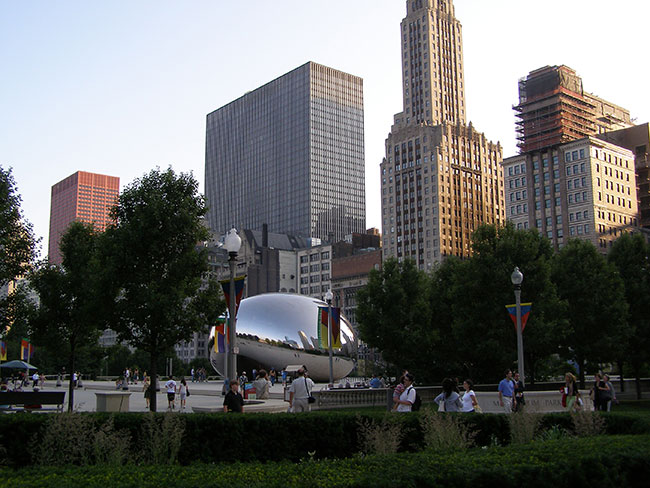 Landmarks: The two most prominent Chicago landmarks include Willis Tower and Navy Pier.
Landmarks: The two most prominent Chicago landmarks include Willis Tower and Navy Pier.- Sports: Chicago’s a pretty big city for sports fans, like Blackhawks fans, Bulls fans, White Sox and Chicago Cubs fans, and Bears fans. This is a city chock-full of sports teams. You can watch the Bulls at United Center, the White Sox at Guaranteed Rate Field, the Cubs at Wrigley Field, and da Bears can be found at Soldier Field.
Not what you were looking for?
Check out other categories that can help you find the information you need!






